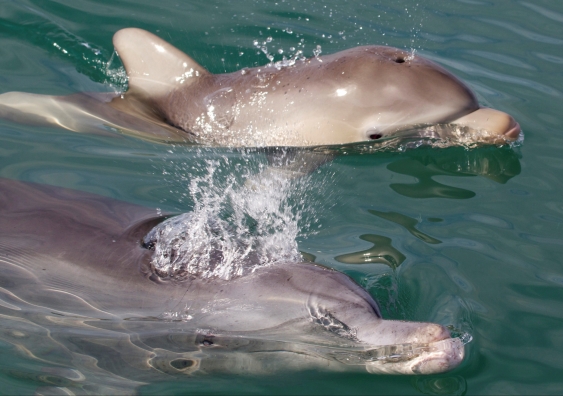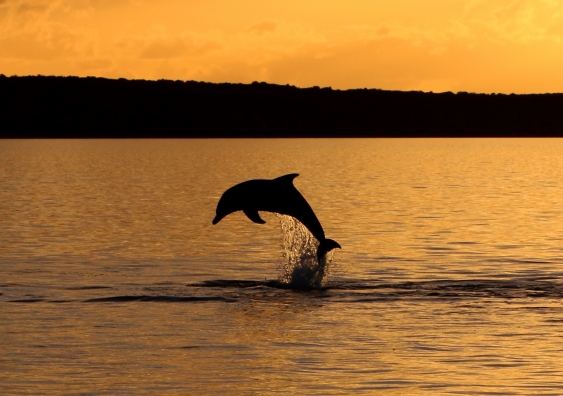How much is too much? Finding the sustainable limit to human-caused wildlife mortality
By considering the environmental (and population) fluctuations that influence wildlife, we can arrive at more sustainable limits to wildlife deaths caused by human activities.


